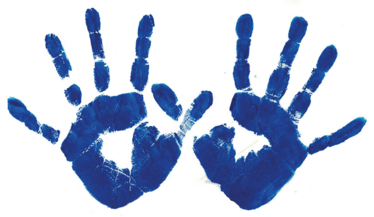
Your left and right hands are chiral objects – they are mirror images but cannot be directly superimposed over each other. Many chemical reactions create both chiral forms (enantiomers) of a molecule, something that has proved problematic when synthesizing new drugs, as the two forms may have quite different properties. In the case of thalidomide, one enantiomer acts as a sedative and anti-emetic, while its mirror image causes nerve damage and severe birth defects.
As a result, most modern drugs contain only a single enantiomer, but with few chemical reactions available that guarantee success, it is no easy task. Now, a team from The Scripps Research Institute (TSRI) have engineered a more effective way of producing a single chiral form of a molecule (1).
“Drug discovery has seen a shift of interest towards three dimensional chiral molecules due to the potential to explore new chemical space in molecular recognition in biological systems,” says Jin-Quan Yu, lead researcher, and Frank and Bertha Hupp Professor of Chemistry at The Scripps Research Institute.
Yu’s lab engineer asymmetry into a potential drug molecule by directing a palladium catalyst to selectively break carbon–hydrogen bonds, and replace the hydrogen molecule with a variety of aryl groups, commonly used in drug development. Previously, this has been achieved by the process of conjugate addition, which requires an additional step of creating a double bond at the carbon. The new technique is easier, more precise, and reliably produced only the desired chiral form.
“This reaction constructs a beta-chiral center, which is a cornerstone in the synthesis of chiral molecules,” says Yu. The team have successfully tested the reaction with aliphatic amides and free carboxylic acids – common starting compounds for drug synthesis – and hope to expand the technique further. TSRI partner Bristol Myers-Squibb is already applying the new reaction to make a chiral amino acid needed to produce a candidate drug.
- G Chen et al., “Ligand-accelerated enantioselective methylene C(sp3)–H bond activation”, Science, 353, 1023-1027 (2016).
My fascination with science, gaming, and writing led to my studying biology at university, while simultaneously working as an online games journalist. After university, I travelled across Europe, working on a novel and developing a game, before finding my way to Texere. As Associate Editor, I’m evolving my loves of science and writing, while continuing to pursue my passion for gaming and creative writing in a personal capacity.















